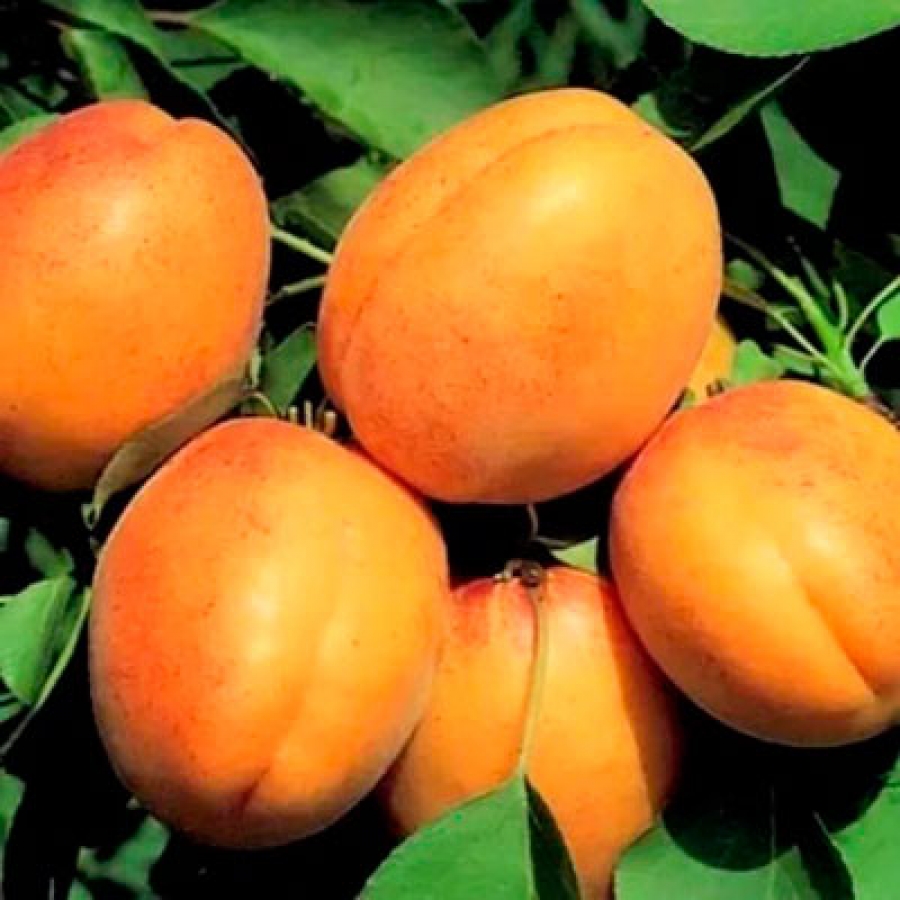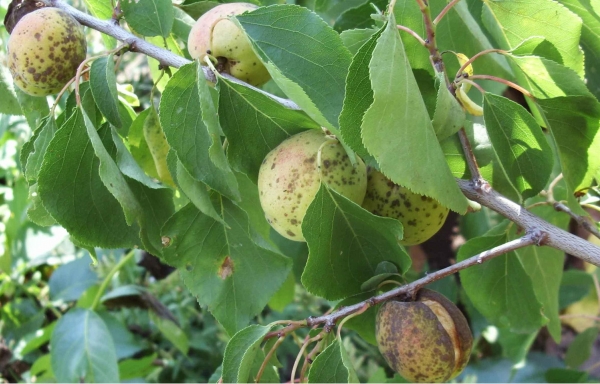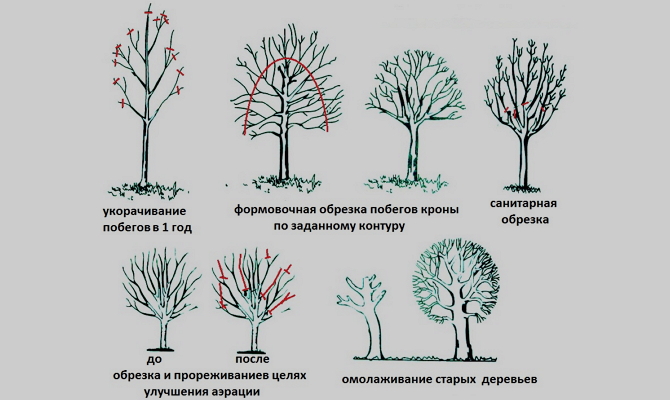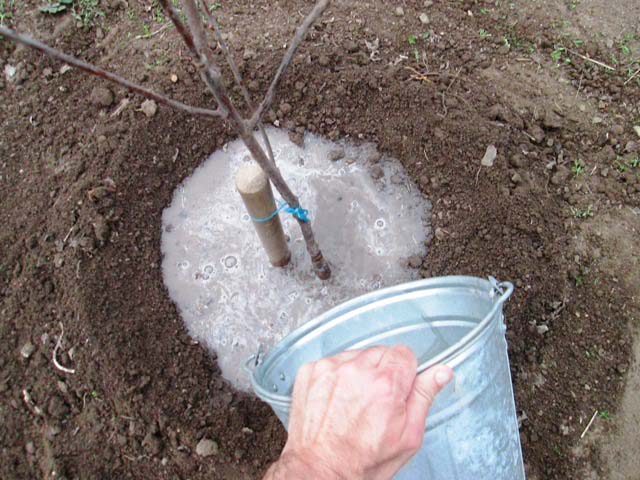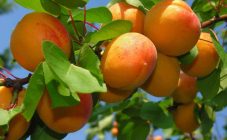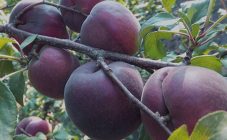Content:
Apricot trees are heat-loving southern plants. Professor of agricultural sciences Aleksey Nikolaevich Venyaminov was engaged in the creation of a new winter-hardy variety. First, he bred the Triumph Severny variety, and on its basis he grew the Champion of the North apricot variety. Now gardeners of the Moscow Region can use the painstaking labor of breeders and grow delicious fruit in their gardens.
Apricot Champion of the North description
Frost resistance
The name of the apricot Champion of the North already speaks of its endurance. It can grow on various soils, tolerates frosts, blizzards, has the properties of wild fruit trees, while giving beautiful, sweet fruits. It also tolerates drought well.
Yield
The variety is mid-season, high yield. It picks up color and blooms until mid-May, during the period when great cold weather is no longer expected, thereby preserving the inflorescences, and subsequently the ovaries. The fruits ripen for 3 weeks in July, early August. One tree can produce 20 to 25 kg.
Fruit characteristics
The fruits are large, oval, pleasant orange in color with a velvety skin. The weight of one apricot can reach 65 g. The taste is sweet, the pulp is juicy, well separated from the kernel.
Tree options
The Champion of the North grows up to 5 meters in height. It has a strong trunk and powerful branches. The crown is not very dense and has a rounded shape. When planting seedlings, the first flowers appear at 3 years old, and small fruiting at the fourth. A good harvest can be expected in 5 years.
Pest and disease resistance
Apricot trees are susceptible to attack by such pests as moth, aphid, leafworm. The fight against them can and even preferably be carried out with the help of onion or garlic infusions (against aphids), copper sulfate with lime (against the moth).
If holes appear on the leaves and nearby brown spots, cracks and the release of gum (resin) on young shoots, it means that the tree has undergone a fungal disease with clasterosporium. This can reduce the yield and taste of the apricot. To protect the plant from such a disease, in the spring you need to carry out a number of manipulations. It is necessary to whitewash the trees with a solution of lime (both in spring and autumn). An overdose of nitrogenous, potassium and magnesium fertilizers can also provoke the disease.
Another dangerous disease, moniliosis, is the Monilia fungus, which infects the tree through the pistil and peduncle. Another name for this disease is gray rot. It forms as light gray pads on the bark of a tree.
Apricots are most susceptible to monilial burns, when cold and wet weather persists for a long time during flowering, and can also be transmitted through wind-blown spores from neighboring affected trees. Before flowering, it is necessary to treat with Horus preparations, 1% Bordeaux mixture, Mikosan V. For greater resistance to this disease, it is advisable to process the apricot tree in July 2 times and 2 times after harvesting.
Rodents need to put a barrier in the form of wrapping the trunks with thick paper, matting, burlap.
It has antibacterial properties, is used in the treatment of blood vessels, diabetes, respiratory organs, gastrointestinal tract. Helps cleanse the body. It is used as a thickener and emulsifier in the cosmetic industry.
Landing
No matter how adapted the apricot to the cold climate, planting should be carried out according to certain rules.
It is better to buy seedlings from trusted sellers so as not to be disappointed in this variety. For planting apricot Champion of the North, you need to choose a sunny, dry place, little exposed to winds. In the fall, they prepare a pit, planting is done in the spring. The hole should be 2 times the length of the roots. This is so that young roots can freely penetrate into soft soil and take root without the resistance of hard soil. Equip the bottom of the pit with drainage so that there is no excess moisture. Alkalify the soil by mixing humus, lime, wood ash right in the pit.
It is necessary to plant so that the root collar rises 5 cm above the ground.
Since seedlings are processed with clay, the neck is hard to see. If you wash off some of the treatment at the junction of the roots with the main trunk with a damp cloth, you will see the reddish hue characteristic of apricots.
Before planting, dip the roots of the seedling in a mud mug, distribute them in the hole and sprinkle with earth, gently tamp.
Tie to a peg.
Be sure to water abundantly at a distance of 30 cm from the seedling.
It is advisable to sprinkle with mulch (sawdust, tree bark, cut grass).
Care
The pruning of apricots is first done on seedlings before fruiting.
The optimum distance from the first branches to the ground will be 50-60 cm. In the spring, all small and dry branches on the apricot trunk are cut off.
The more pruning, the more fruit twigs are formed on the plant.
The distance between branches along the main trunk should be at least 25 cm.
Pruning should be done in different planes so that there is no thickening of the crown.
When pruning perennial branches in summer, it is better not to cut off or do it very carefully, as abundant gum flow may begin, which will lead to the disease of the tree and its death.
You can cut off branches that grow inside the crown and do not have fruit links. Pruning an 8 year old tree in the fall will help it rejuvenate and survive the winter more easily.
Watering should be done 4 times per season: in early spring, during the flowering period, in late June and early September.
Fertilization must be carried out correctly. The first top dressing should consist of nitrogen fertilizers, later, about a month later, from a mixture of 3 components: phosphorus, potassium and nitrogen. After harvesting, you can fertilize with potash and phosphate fertilizers.
Although the Champion of the North has the characteristics of endurance, unpretentiousness, good yield, proper care is still necessary for him.
Since apricot trees like to grow in the southern regions, varietal varieties like Champion of the North, Triumph Severny, Saratov Ruby, Knyaginin, etc., can rightfully be called northern plants.
Pros and cons of the variety
As the advantages of the variety, they distinguish resistance to frost and drought, early ripening, large fruits, high yield, excellent taste of fruits, good preservation during transportation.
If you follow the tips for growing, then this apricot variety will delight gardeners for a long time with its wonderful healthy fruits for treats and preparations from them. If you take a closer look and listen to the plant, you can determine its character and feel the kind reciprocal energy, because it is a living being.
